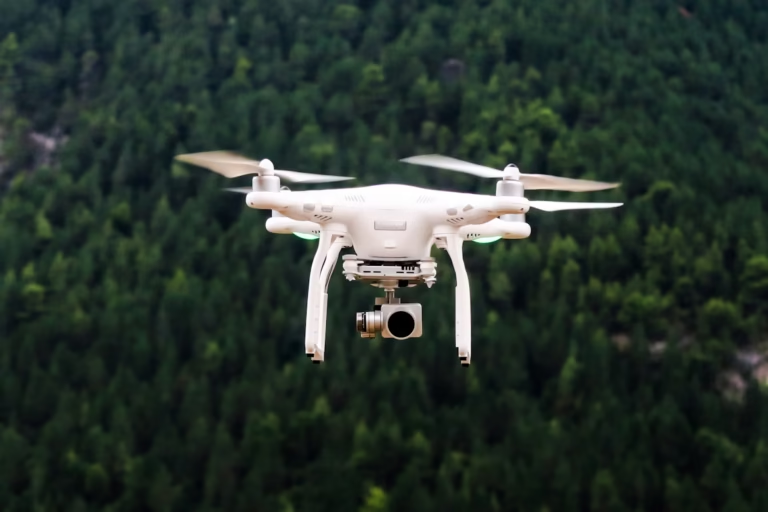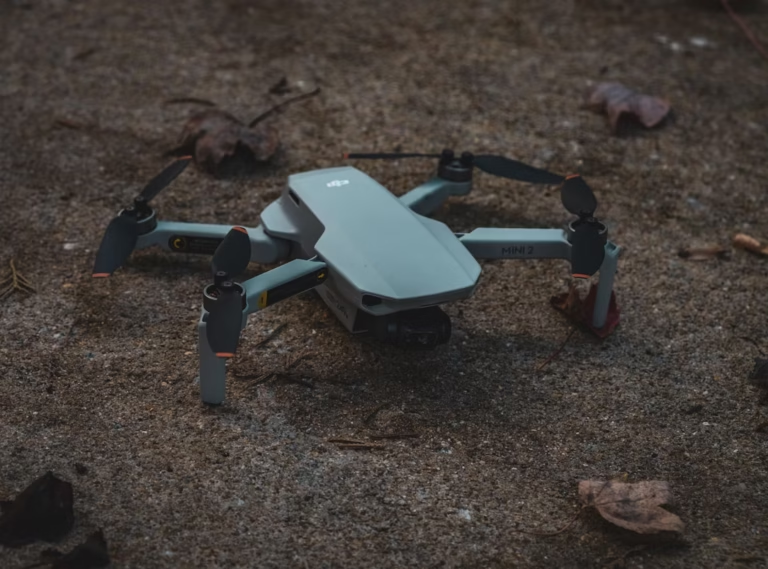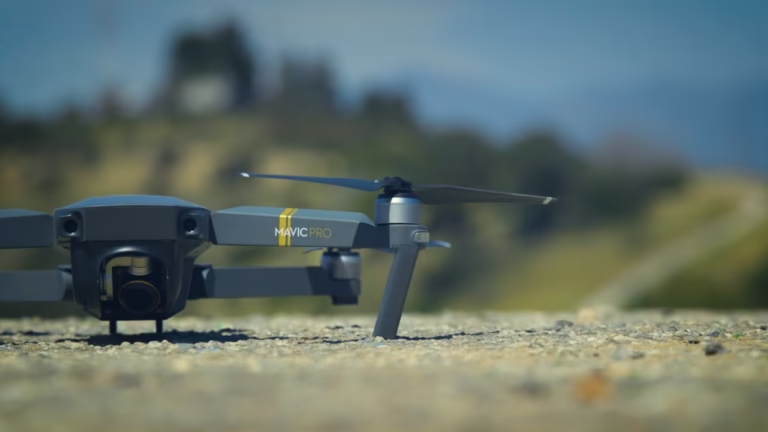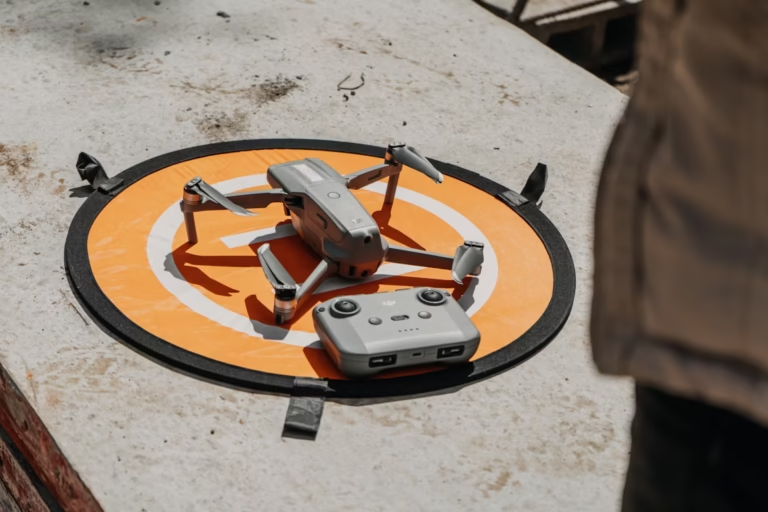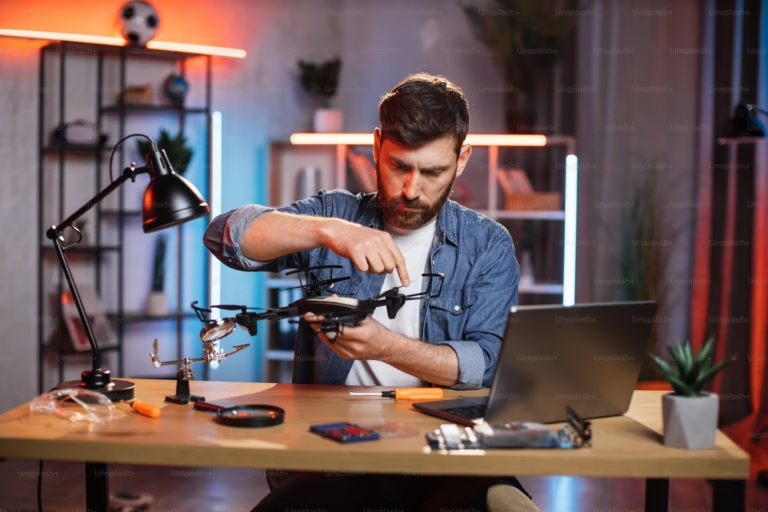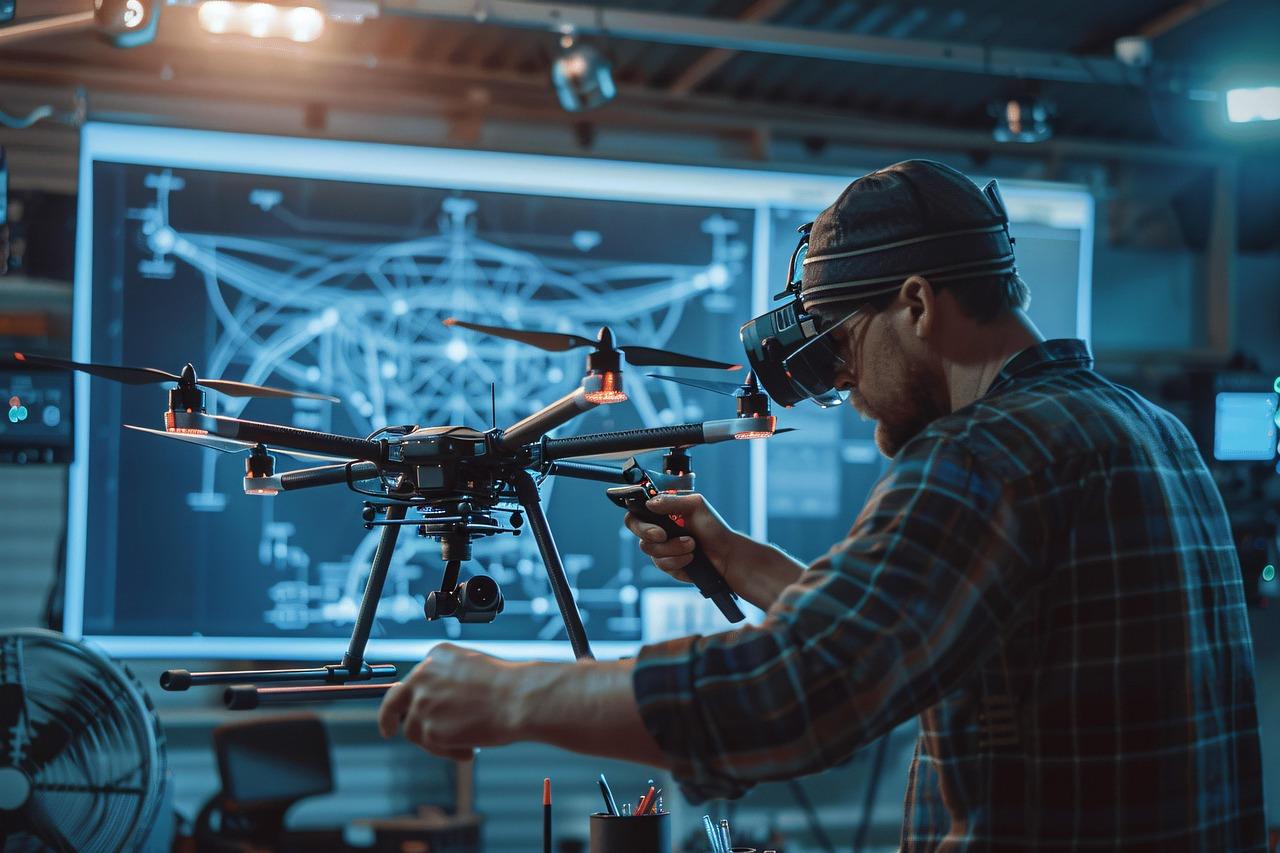
Drone maintenance is critical for ensuring the safety, reliability, and longevity of your unmanned aerial vehicle (UAV). As a drone expert, I’ve seen firsthand how regular upkeep can prevent costly repairs, extend operational life, and keep your drone performing at its best. Whether you’re a hobbyist capturing stunning aerial footage or a professional using drones for inspections, agriculture, or delivery, proper maintenance is non-negotiable.
This article explores why drone maintenance matters, key practices to follow, and tips to keep your drone in top shape.
Related Articles:
Why Drone Maintenance Matters
Drones are sophisticated machines with intricate components like motors, propellers, batteries, and sensors. Neglecting maintenance can lead to malfunctions, crashes, or even legal issues due to unsafe operation. Here’s why prioritizing drone maintenance is essential:
- Safety First: A well-maintained drone reduces the risk of mid-flight failures, which could endanger people, property, or other aircraft. Faulty batteries or damaged propellers are common causes of accidents.
- Performance Optimization: Regular checks ensure your drone operates efficiently, delivering smooth flights, accurate data, and high-quality footage.
- Cost Savings: Preventive maintenance catches small issues before they become expensive repairs or require full replacements.
- Compliance with Regulations: Many countries, like the U.S. with FAA guidelines, require drones to be in good working condition to meet aviation safety standards.
- Extended Lifespan: Routine care, such as cleaning and proper storage, can significantly prolong your drone’s usability.
Key Drone Maintenance Practices
To keep your drone in peak condition, follow these essential maintenance steps:
1. Pre-Flight Inspections
Before every flight, conduct a thorough check:
- Propellers: Inspect for cracks, chips, or bends. Replace damaged propellers immediately to avoid instability.
- Motors: Listen for unusual noises and ensure motors spin freely without obstruction.
- Frame and Body: Check for cracks or loose parts that could affect aerodynamics.
- Sensors and Cameras: Clean lenses and ensure sensors are free of dust or debris for accurate readings.
2. Battery Care
Batteries are the heart of your drone. Mishandling them can lead to reduced flight time or fire hazards:
- Store batteries at room temperature in a fireproof bag.
- Avoid overcharging or fully discharging lithium-ion batteries.
- Check for swelling or damage before use and replace faulty batteries.
- Follow manufacturer guidelines for charge cycles and storage.
3. Firmware and Software Updates
Manufacturers regularly release firmware updates to improve performance and fix bugs. Check for updates via the drone’s app or website and install them promptly. Outdated software can cause glitches or compatibility issues.
4. Cleaning and Storage
After each flight, clean your drone to remove dirt, dust, or moisture:
- Use a soft brush or compressed air to clean motors and sensors.
- Wipe the body with a microfiber cloth and avoid harsh chemicals.
- Store your drone in a dry, cool place, ideally in a protective case, to prevent corrosion or damage.
5. Post-Flight Checks
After flying, inspect your drone for wear and tear. Log flight hours and note any unusual behavior, such as vibrations or reduced battery life. This helps identify patterns and address issues early.
Common Drone Maintenance Mistakes to Avoid
Even experienced pilots can make errors. Here are pitfalls to steer clear of:
- Skipping Pre-Flight Checks: Rushing into a flight without inspecting your drone is a recipe for trouble.
- Ignoring Manufacturer Guidelines: Each drone model has specific maintenance needs. Always refer to the user manual.
- Using Non-Approved Parts: Cheap, third-party components may save money upfront but can compromise performance and safety.
- Neglecting Calibration: Regularly calibrate your drone’s compass, IMU, and gimbal to ensure accurate navigation and stable footage.
How Often Should You Perform Drone Maintenance?
The frequency of maintenance depends on usage:
- Casual Hobbyists: Perform basic checks before and after each flight, with a deep clean and inspection every 10-15 flights.
- Professional Users: Conduct daily pre-flight checks, weekly deep cleans, and monthly comprehensive inspections, especially for drones used in demanding environments like construction sites or farms.
- After Harsh Conditions: If you fly in dusty, humid, or salty environments, clean and inspect your drone immediately after use to prevent corrosion or damage.
Benefits of Professional Drone Maintenance Services
For complex issues or high-end drones, consider professional maintenance services. Certified technicians can:
- Diagnose and repair intricate problems, like motor or circuit board failures.
- Perform advanced calibrations for precision-dependent tasks, such as surveying.
- Ensure compliance with local regulations, reducing legal risks.
Conclusion
Drone maintenance is the backbone of safe, efficient, and reliable UAV operation. By adopting a proactive approach through regular inspections, proper battery care, software updates, and careful storage, you can protect your investment, enhance performance, and ensure compliance with regulations. As a drone expert, I urge pilots of all levels to make maintenance a priority. A little effort goes a long way in keeping your drone soaring smoothly.

